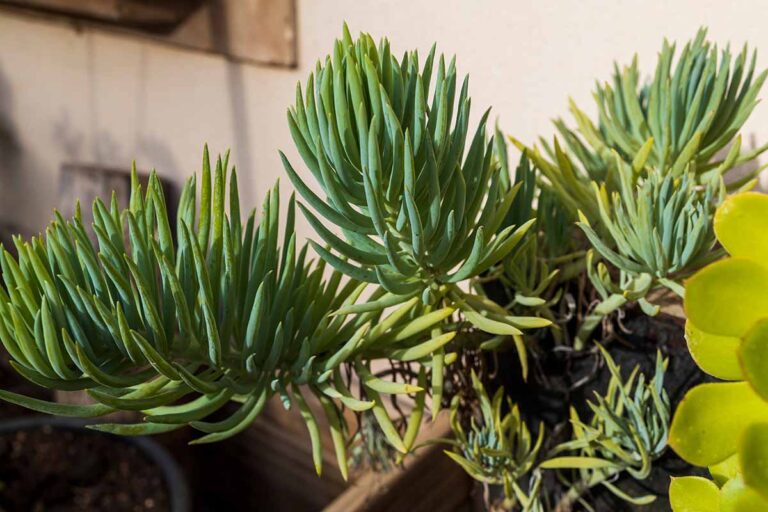Cactus House Plants: How to Keep Your Indoor Cacti Healthy and Happy

Cactus House Plants are some of the most popular choices for indoor plants, thanks to their low-maintenance nature and striking appearance. Whether you’re a seasoned plant enthusiast or just starting your indoor gardening journey, cactus house plant can be an excellent addition to your home.
In this guide, we’ll explore the best practices for keeping your cactus house plant healthy and happy, from proper lighting and watering to choosing the right pot and soil.
What Are Cactus House Plants?
Cactus house plant are indoor-friendly cacti species that thrive in containers. These plants are perfect for those who want a touch of greenery with minimal upkeep. Popular varieties of cactus house plant include:
- Christmas Cactus (Schlumbergera): Known for its festive winter blooms.
- Barrel Cactus (Echinocactus): A compact, rounded cactus ideal for indoor settings.
- Bunny Ear Cactus (Opuntia microdasys): Recognizable for its cute, pad-like growth.
Their ability to adapt to indoor conditions makes them a favorite for modern homes.
Benefits of Keeping Cactus House Plants
- Low Maintenance: Perfect for busy individuals or beginners.
- Air Purification: Cacti help improve air quality by absorbing carbon dioxide and releasing oxygen.
- Aesthetic Appeal: Their unique shapes and textures enhance any interior decor.
- Stress Reduction: Studies suggest that indoor plants, like cactus house plant, can boost mood and reduce stress.
How to Care for Cactus House Plants
Proper care ensures your cactus house plant stay vibrant and healthy. Follow these steps for success:
1. Provide Adequate Light
Cacti are sun-loving plants, but too much direct sunlight can scorch their skin, especially for indoor varieties.
- Placement: Place your cactus near a bright window, preferably south- or west-facing.
- Supplemental Light: Use a grow light if natural sunlight is insufficient.
2. Water Wisely
Overwatering is the most common mistake when caring for cactus house plant.
- Watering Schedule: Water only when the soil is completely dry. Typically, this means every 2-3 weeks in warmer months and less during winter.
- Watering Technique: Use a watering can to soak the soil, then allow excess water to drain away.
3. Use the Right Soil
Cactus house plant need well-draining soil to prevent root rot.
- DIY Mix: Combine regular potting soil with sand, perlite, or pumice.
- Store-Bought Soil: Choose a cactus-specific soil blend for convenience.
4. Choose the Right Pot
The pot you choose can affect your cactus’s health.
- Drainage Holes: Ensure the pot has holes to allow excess water to escape.
- Material: Clay or terracotta pots are ideal as they promote air circulation and prevent moisture buildup.
5. Fertilize During Growing Season
Feed your cactus house plant to encourage growth and blooms.
- Fertilizer Type: Use a balanced, low-nitrogen cactus fertilizer.
- Frequency: Fertilize every 4-6 weeks from spring to early fall.
Common Problems and Solutions
Even the hardiest cactus house plant can encounter issues. Here’s how to tackle common problems:
1. Overwatering
Symptoms: Mushy stems, yellowing, or black spots.
Solution: Remove the plant from its pot, trim away rotten roots, and replant in fresh, dry soil.
2. Lack of Light
Symptoms: Pale growth or stretching towards the light.
Solution: Move the plant to a sunnier spot or use a grow light.
3. Pests
Symptoms: Presence of mealybugs, spider mites, or scale insects.
Solution: Treat the plant with neem oil or insecticidal soap.
Decorating with Cactus House Plants
Cactus house plant can be a stunning addition to your home decor. Here’s how to style them:
- Terrariums: Create a mini desert landscape with small cacti in a glass container.
- Cluster Displays: Group several cactus varieties in different-sized pots for visual impact.
- Hanging Planters: Use trailing cacti like the Rattail Cactus for hanging displays.
Best Varieties of Cactus House Plants
Here are some of the most popular choices for indoor cacti:
- Golden Barrel Cactus: Perfect for modern interiors with its striking spherical shape.
- Pincushion Cactus (Mammillaria): A small, flowering cactus ideal for desks or shelves.
- Fishbone Cactus (Epiphyllum anguliger): Known for its zigzag stems and night-blooming flowers.
FAQs About Cactus House Plants
1. How often should I water my cactus house plants?
Water every 2-3 weeks, ensuring the soil is completely dry between waterings.
2. Can cactus house plants survive in low light?
While cacti prefer bright light, some varieties like the Christmas Cactus can adapt to lower light conditions.
3. Do cactus house plants bloom indoors?
Yes, with proper care, many cactus varieties can bloom indoors. Ensure they receive adequate light, water, and nutrients.
Conclusion
Caring for cactus house plants is simple and rewarding. By providing the right conditions, you can enjoy these hardy, beautiful plants year-round. Whether you’re looking to add greenery to your living space or explore indoor gardening, cactus house plants are a versatile and charming choice.






